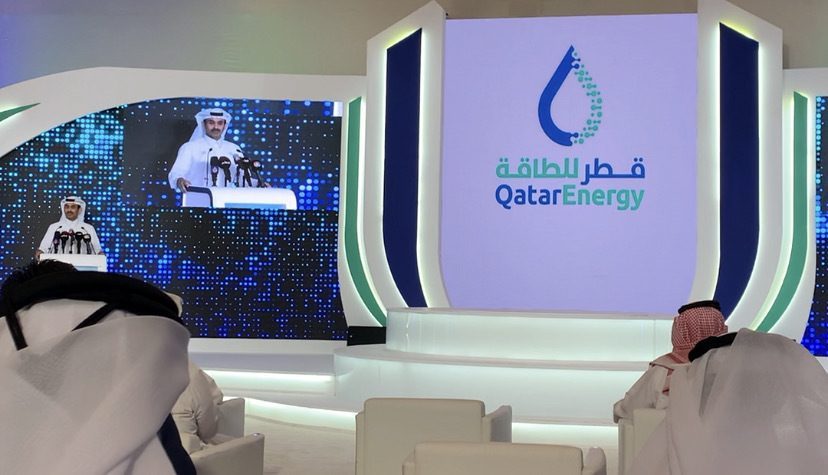The strategy falls in line with the Qatar National Vision 2030’s environmental objectives.
QatarEnergy is increasing its efforts to address climate change by updating its Sustainability Strategy, the Gulf state’s gas company announced on Monday.
The Sustainability Strategy is part of QatarEnergy’s efforts to produce “clean and affordable energy to facilitate the energy transition”. The strategy focuses on climate change and environmental action, responsible operations, as well as social and economic development.
Through the updated strategy, the company is going to increase the carbon intensity of Qatar’s liquified natural gas (LNG) facilities by 35% instead the initial target of 25%. It also placed a new target for the carbon intensity of its upstream facilities by 25% instead of 15%.
Qatar is currently ramping up its LNG production as a safer and cleaner energy source through the North Field expansion project.
The $30 billion project is the largest of its kind in the world and seeks to increase Qatar’s annual LNG production capacity from 77 million metric tonnes to 126 million tonnes by 2027.
“The strategy illustrates our efforts in exploring, with our global partners, a variety of relevant low-carbon energy solutions including hydrogen, both in Qatar and internationally, to learn, replicate and scale-up promising solutions” said Saad Sherida Al-Kaabi, Qatar’s Minister of State for Energy Affairs and QatarEnergy’s President and CEO.
QatarEnergy has also been working on increasing its solar capacity to over 5 GW whilst reducing methane emissions.
COP26 and Climate Action Plan: Is Qatar getting serious about global warming?
The LNG giant’s updated strategy includes initiatives to reduce greenhouse gas emissions through the use of carbon capture and storage (CCS) technology. The technology is able to capture more than 11 million tons per annum of CO2 in Qatar by 2035.
The company has been signing agreements to meet its sustainability targets.
More recently, it signed agreements with Shell and Korea’s Hydrogen Convergence Alliance (H2Korea) for local and global hydrogen energy cooperation.
“These efforts will focus on sectors such as industry and transportation, where hydrogen could offer a credible and material decarbonisation route,” said QatarEnergy.
Qatar’s efforts
Qatar’s greenhouse emissions dropped by 3.9% in 2019 in comparison to 2016, according to the Arab Youth Climate Movement Qatar.
Despite this, Qatar’s energy sector was the largest contributor of greenhouse gas emissions in 2019. Overall, local energy emissions increased by 433% between 1998 and 2019.
Data from 2017 found that Qatar is amongst the top five worst counties in terms of air quality. Nepal tops the list at 99.7%, Niger at 94.1%; Qatar at 91%, India at 90.9%, Saudi Arabia 87.9%, and Egypt at 87%.
Qatar has been working to address climate change by introducing various initiatives.
Last year, Qatar announced plans to reduce 25% of it greenhouse gas emissions by 2030 as part of its “Climate Change Action Plan”. The initiative also also falls in line with the Qatar National Vision 2030’s environment objectives.
Without any action taken, the emissions would increase by 33%.
In 2021, Qatar announced plans to plant one million trees ahead of the 2022 FIFA World Cup in a bid to have a sustainable sporting event.
The country plans to convert 25% of public transport to electric energy just in time for the big tournament, with 100% expected by 2030. A network of electric car chargers are being integrated across Qatar to support plans to gradually transform the electric transport system.
The Gulf state also revealed a two-year $16 million sustainable development programme with the United Nations.
__________________________________________________________________
Follow Doha News on Twitter, Instagram, Facebook and Youtube







